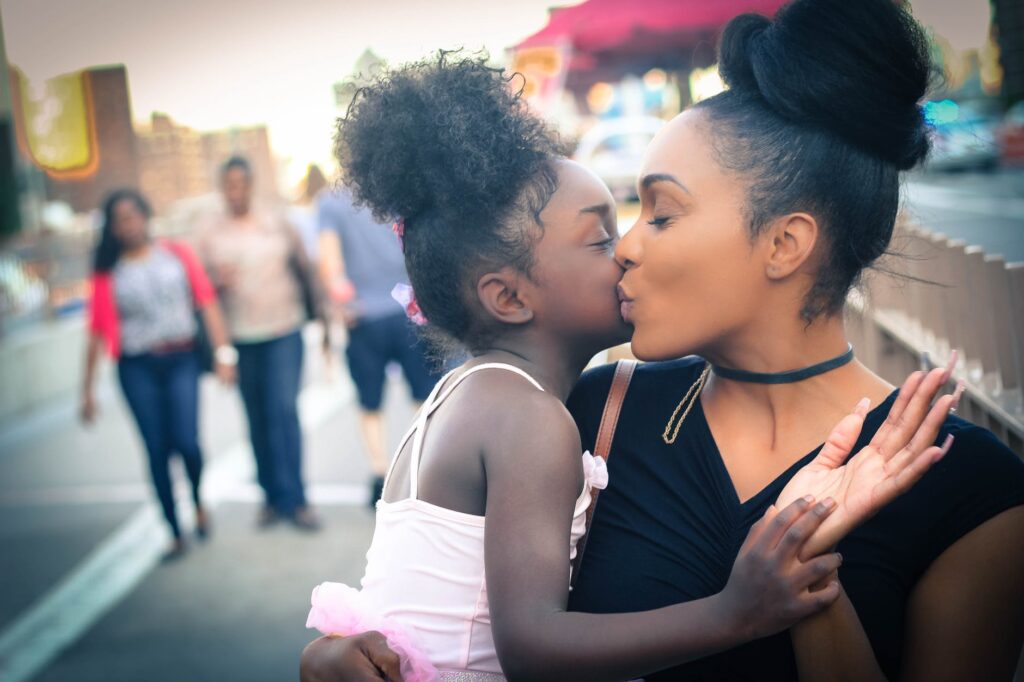We see gender inequality in film all the time, but where does it start and how can we work to eliminate it?
Screenplays often implicitly or explicitly suggest flat female characters valued for their looks alone before shooting ever begins. Here are a few tips to help you avoid stereotypes when writing your own scripts and foster gender balance on-screen.
1. Introduce your female characters as you do your male characters.
It may come as no surprise that female characters are often introduced in a screenplay with their appearance front and center, while their personality traits coming a distant second (if they appear at all).
Ross Putman, a producer and filmmaker who started the Twitter feed @FemScriptIntros, dedicated to exposing the often cringeworthy introductions of female protagonists in scripts, told Jezebel, “Women are first and foremost described as ‘beautiful,’ ‘attractive,’ or—my personal blow-my-brains-out-favorite, ‘stunning.’ They’re always ‘stunning’ in a certain dress or ‘stunning’ despite being covered in dirt because they’re a paleontologist—or whatever.”
This is not generally the case for male characters, whose intros tend to be longer and more interested in an inner life, which will, in turn, justify their motivations and prepare for the forward momentum of the plot.
2. Give female characters names.
Female characters are much more likely to be referred to as something generic like “hot chick on bike,” or “pretty young mother.” Not only does this tend to encourage stereotyping, but, according to The Conversation, “Performers are usually paid more to play a named character, so naming characters in screenplays can also help address the gender pay gap for performers.”
3. Write with an eye to gender balance.

Giving generic characters female names by default can also help to close the gender gap in films. According to See Jane, the Geena Davis Institute on Gender in Media, only 10 percent of films have a gender-balanced cast, so assigning lines of supporting dialogue to “Carla” instead of “Neighbor” or “Mike” can help ameliorate the dominance of men on a set. Even making a note in the script that a crowd should be half male, half female can help remind casting directors that the crowd should accurately represent the human population.
4. Allow women to age along with the menfolk.
We might tend to blame casting directors for the virtual nonexistence of women over 50 onscreen, but the truth is that many screenplays stop the conversation from the start by specifying the age of women to be 20-something, 30-something, or 19, when oftentimes the male opposite doesn’t have his age specified.
A big part of the problem is that most screenwriters are still men — only 11 percent of 2016 top-grossing films were written by women — so their biases and fantasies are most often represented. As this WIRED article puts it, “No one’s saying May-December romances don’t happen, they just seem to happen a lot more in movies.”
Though we are talking here about sexism in screenplays, many clichés regarding race, sexual orientation, and disability can also be addressed in a similar fashion. You may be surprised how much more interesting your script will be when you think about rounding out flat characters, and how it may help your project stand out in the eyes of producers who must wade through countless clichés to find fresh and compelling stories.
Learn more about screenwriting at the New York Film Academy.